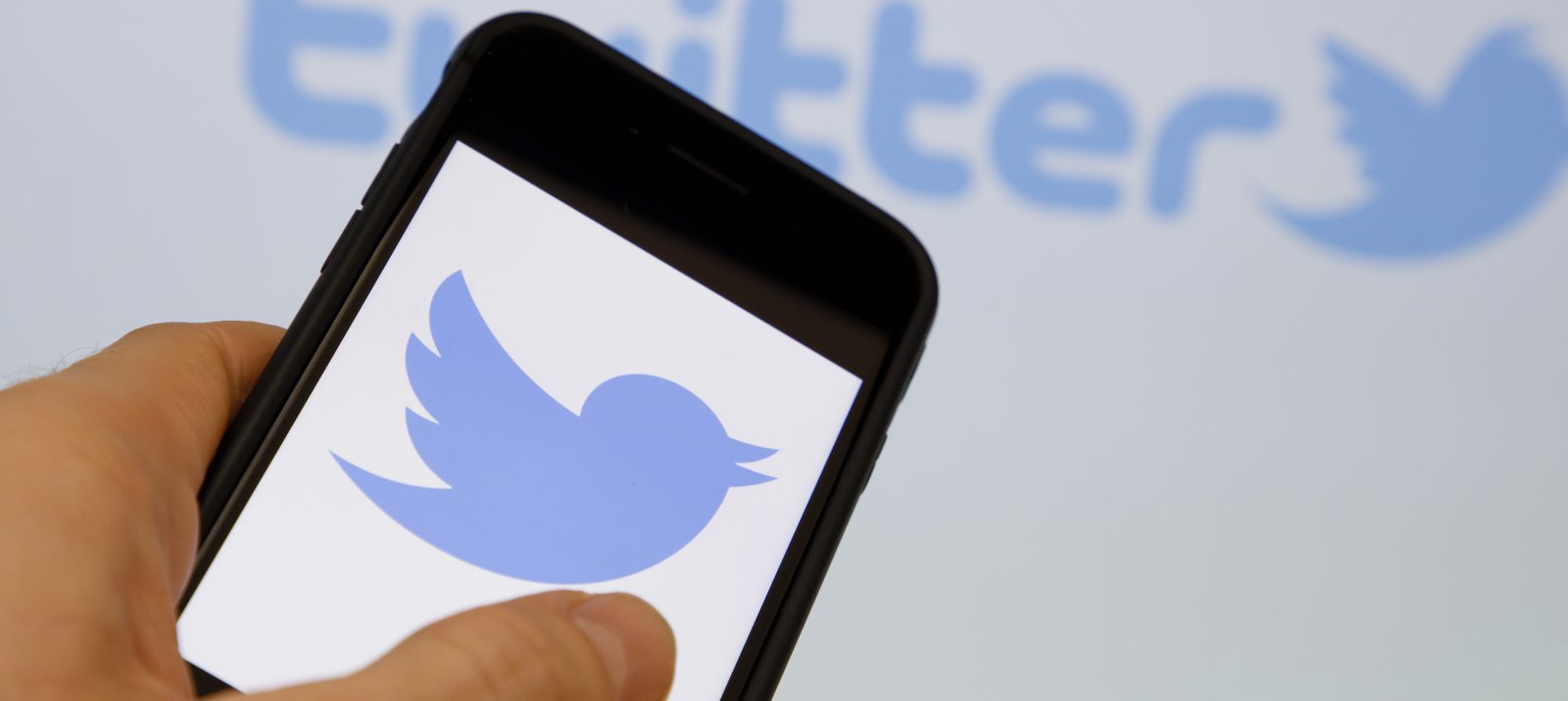
Twitter has been called X since July 2023. Not only the logo with the blue bird is passé, the American entrepreneur and new owner Elon Musk also wants to rebuild the platform concept. The popular social media offering is to become a multifunction app. After more than 15 years, this marks the end of the Twitter brand.
X works similarly to Facebook or Instagram, for example: A profile is created with personal information that others can follow. However, many users simply follow the postings of others. Famous personalities such as soccer players, female influencers, politicians or even journalists have the largest following. Companies and brands are also represented at X. In the “Follow Me” timeline, posts from subscribed channels appear chronologically. The “For You” feed shows content recommended by an algorithm. Unregistered readers can see posts, but cannot follow anyone directly.
Posts often consist of text only and are hashtagged. A maximum of 280 characters, i.e. letters, numbers, punctuation marks and symbols, can be used in one post. But also pictures, videos etc. can be sent and shared. Those who sign up for the X Blue premium subscription get advanced features such as post editing, longer messages with more characters, and fewer ads.
The peculiarity of X is that the short statements of mostly well-known people lead to discussions outside of X. US President Trump’s posts are a good example of this. The repost function also plays a role here. Posts are shared or referred to in a separate post. Discussions also often arise in the comments under the posts. In addition, direct messages can be written via a chat.
X is used relatively little by young people compared to other social media platforms. If they do, they are often politically interested and committed young people. But popular stars and musicians are also on X and post information about themselves.
The fascination around X is, on the one hand, the discussions, in which things sometimes go back and forth violently. On the other hand, some posts are sent out quickly and spontaneously. If you follow the posts at big events like soccer matches or elections, you get to see the reaction of the spectators live.
Personal information and statements are freely available to all. Through hashtags, posts that were actually intended for a small circle can suddenly be seen by very many users. Also, there is a risk that some users may try to contact your child with bad intentions.
Some discussion on X goes below the belt with racist or sexist posts or comments. In addition to hate comments, the spread of fake news can also be a problem.
Billionaire Elon Musk bought Twitter in late 2022 and wants to transform the microblogging service into a multifunctional app including payment services and online commerce. The terms of use have not changed since then. X may be used from 13 years, according to the provider. There is also the option to block users so that they can no longer make contact. People who post problematic content, such as hate comments or insults, can be reported and blocked. Content moderation has been reduced since Elon Musk took over.
If your child is under 18, you must agree to register with X. Make your child aware of how to report or block problematic content or people on X if needed. With the option to protect your own posts, they can be seen only by a selected circle. Explain to your child who may be able to see personal information and statements and what the consequences may be. Help your child understand and classify content on X by talking to them about how discussions can get heated and what other risks there are. If your child is interested in X or similar services, look at alternatives together, such as the decentralized microblogging platform Mastodon.